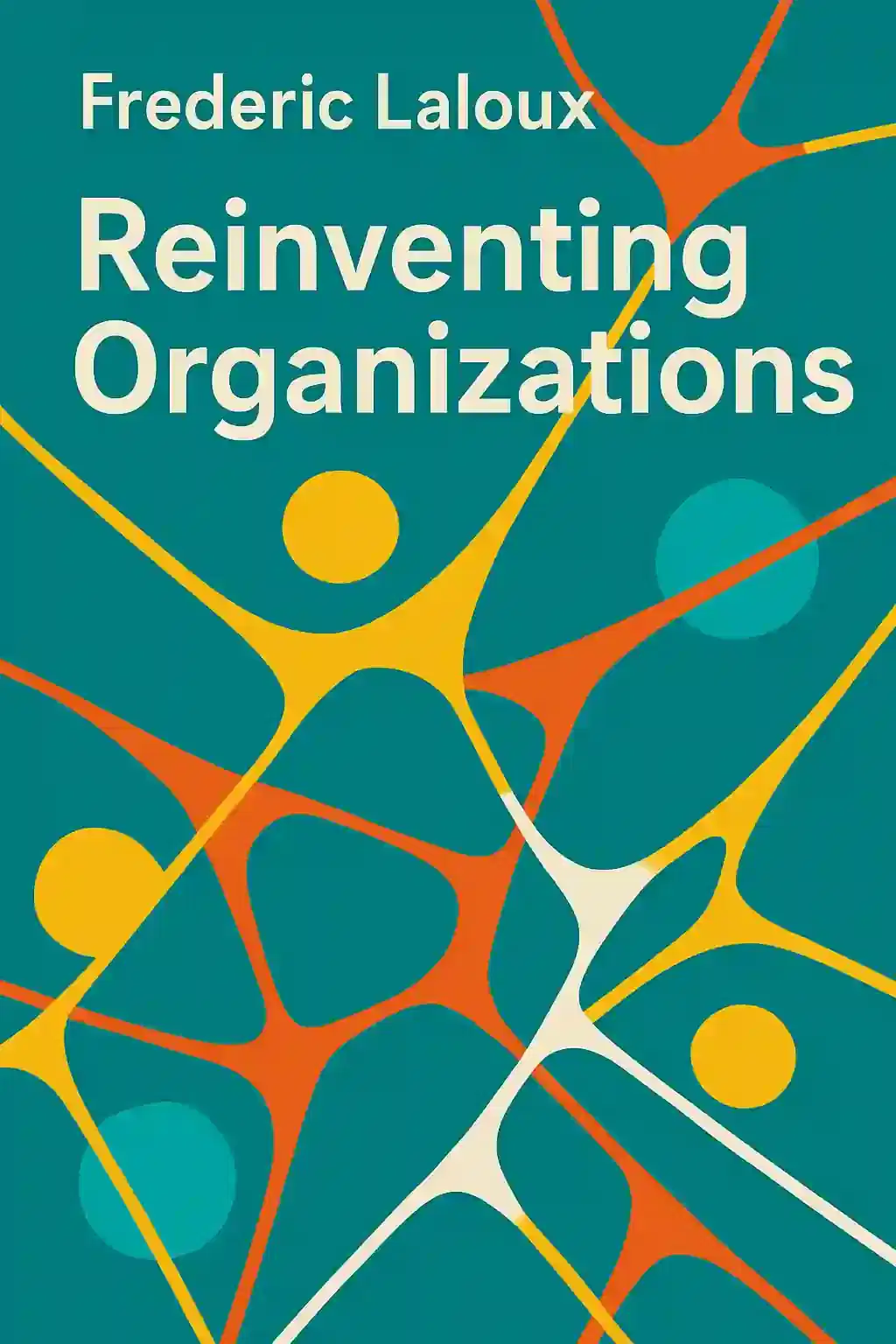What is
Reinventing Organizations by Frederic Laloux about?
Reinventing Organizations explores a groundbreaking organizational model called Teal Organizations, which prioritize self-management, wholeness, and evolutionary purpose. Through real-world case studies, Laloux demonstrates how companies can replace hierarchical structures with soulful, adaptive workplaces that boost innovation, employee fulfillment, and sustainability.
Who should read
Reinventing Organizations?
This book is essential for leaders, managers, and HR professionals seeking to transform traditional workplaces. It’s also valuable for entrepreneurs and coaches interested in human-centric organizational design, as it provides actionable frameworks for fostering autonomy, purpose, and collaboration.
Is
Reinventing Organizations worth reading?
Yes—it’s widely regarded as one of the most influential management books of the last decade, with thousands of organizations adopting its principles. Laloux’s blend of research, case studies, and spiritual insights offers a compelling vision for workplaces that prioritize both productivity and human well-being.
What are the three breakthroughs of Teal Organizations?
Teal Organizations embrace:
- Self-management: Decentralized decision-making without rigid hierarchies.
- Wholeness: Encouraging employees to bring their authentic selves to work.
- Evolutionary purpose: Letting the organization’s mission adapt organically rather than following fixed plans.
How does
Reinventing Organizations differ from traditional management books?
Unlike conventional guides focused on efficiency, Laloux emphasizes consciousness evolution and spirituality in the workplace. He argues that outdated “command-and-control” models cause burnout and disengagement, while Teal principles create resilient, purpose-driven teams.
What companies have successfully implemented Teal principles?
Laloux highlights pioneers like Buurtzorg (healthcare) and Zappos (retail), which eliminated managers and saw increased innovation and employee satisfaction. Zappos explicitly used the book as a blueprint for its organizational overhaul.
What criticisms exist about
Reinventing Organizations?
Some critics argue Teal structures are utopian and difficult to scale in traditional industries. Others note the model requires exceptional leadership maturity and may struggle in crisis-driven environments.
How does
Reinventing Organizations relate to
Exponential Organizations 2.0?
While Exponential Organizations focuses on leveraging technology for rapid growth, Laloux’s work emphasizes human-centric cultural shifts. Both books, however, advocate decentralizing authority and fostering adaptability.
Why is
Reinventing Organizations relevant in 2025?
As remote work and AI reshape workplaces, Laloux’s emphasis on trust-based collaboration and purpose-driven teams aligns with modern demands for agility and employee mental health.
Can small businesses apply Teal principles?
Yes—Laloux’s case studies include startups and nonprofits. Key steps include flattening hierarchies, creating peer feedback systems, and aligning daily tasks with a broader evolutionary purpose.
What is Frederic Laloux’s background?
A former McKinsey consultant, Laloux holds an MBA from INSEAD and a coaching degree. His work blends organizational expertise with spiritual growth, reflecting his global travels and multilingual upbringing.
How does Laloux define “evolutionary purpose”?
It’s the idea that organizations should act like living organisms, adapting their mission based on stakeholder input and emerging opportunities rather than rigid top-down strategies.








